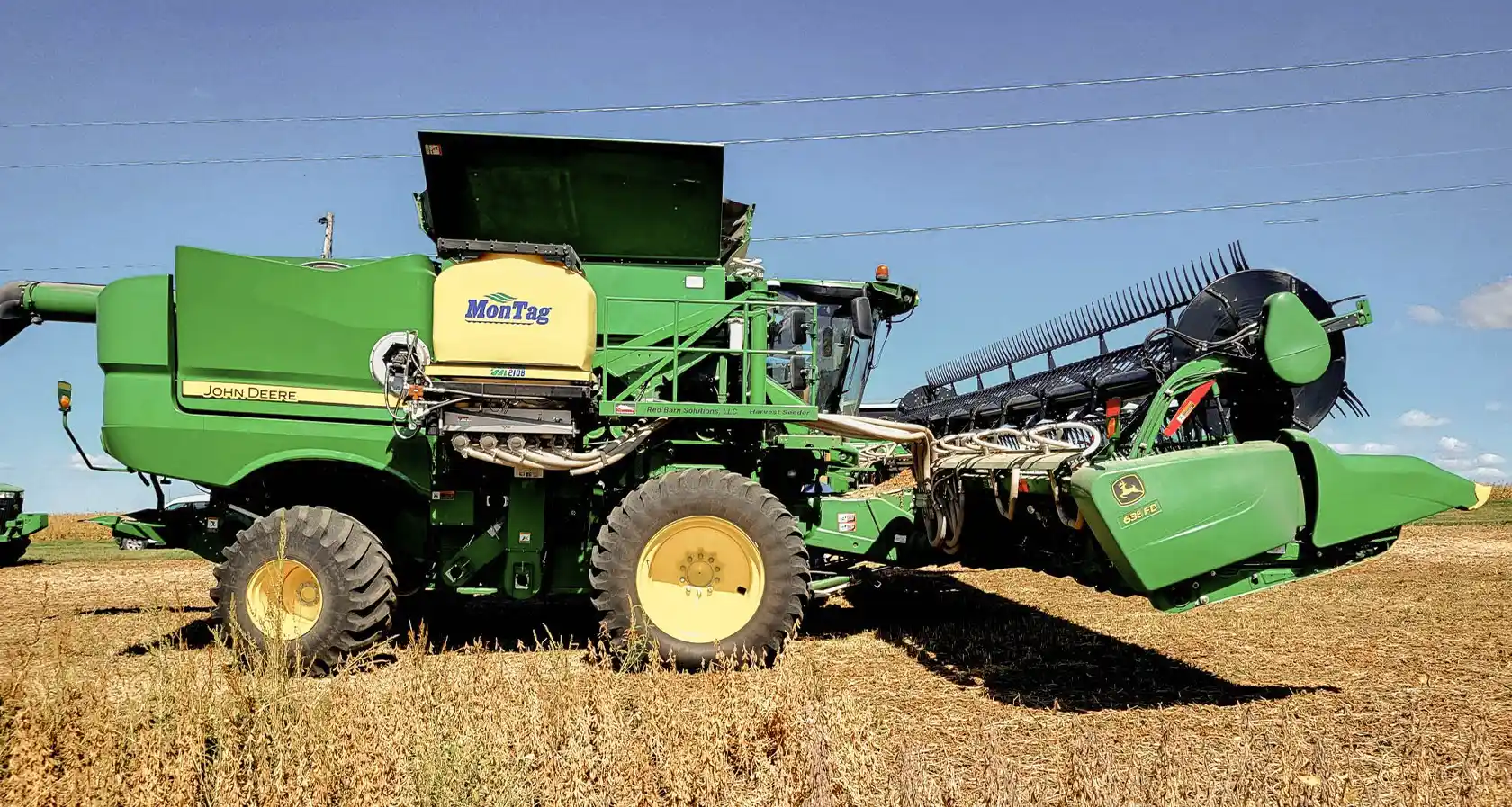
(Photo: Iowa Soybean Association / Evan Brehm)
Cover crop management strategies
August 5, 2025 | Evan Brehm, CCA
Key takeaways:
- Determine your operation's goals for using cover crops: erosion control, nitrate management and/or soil health.
- If new to cover crops and concerned about spring termination, try a winterkill species.
- Make a management plan, timing and species selection are critical.
Cover crops have increased in the last 15 years from less than 10,000 acres in 2009 to 3.8 million acres in 2024 in Iowa, according to Iowa Nutrient Research and Education Council (INREC) survey data.
State and federal government programs have been the main driver for cover crop adoption. These various programs help to mitigate the risk of a financial burden when planting cover crops.
Studies show that cover crops provide in-field and environmental benefits such as soil and nutrient retention and by suppressing early-season weeds.
Between cost-share and added land value opportunities, farmers and landowners must then decide which species of cover crop(s) to plant. Goals for the acres should narrow the options of species. Here are four questions to guide your decision making:
What am I focused on accomplishing with cover crops?
Erosion control: According to Sustainable Agriculture Research and Education (SARE), cover crops can reduce soil erosion from 31-100%. This range depends on species, planting time and timing of termination. Cereal rye continues to reign as the king species in Iowa accounting for 90% of all cover crop planted acres.
Nitrate management: Cover crops reduce nitrate loss by an average of 22% according to Iowa Soybean Association's (ISA) tile water sampling.
Soil health: Biodiversity brings value by stimulating different soil microbes to enhance fungi like mycorrhizae that increases soil carbon, improves soil organic matter and nutrient availability.
Do I want a winter hardy or winterkill species?
Winterkill species are planted similarly to winter-hardy species but will naturally terminate with winter conditions. If a farmer is new to cover crops, winterkill species reduce the worry of being in the field next spring. Some winterkill species include oats, radishes, turnips and peas.
Winter-hardy cover crops survive the harsh Iowa winters and green up in the spring prior to planting. With a longer growing time, winter-hardy covers bring greater value in erosion control, nitrate scavenging and soil health management, but come with additional risks to manage through termination. Some winter-hardy species include cereal rye, wheat, barley, winter camelina and hairy vetch.
What equipment is available?
Grain drills have been the go-to in recent years for seeding cover crops. This is due to superior seed-to-soil contact, which is important for germination and early growth. The challenge is time; fall-seeded cover crops are planted typically when harvest is underway. The row crop must be harvested first to accommodate the grain drill.
Drones, airplanes, fertilizer floaters and air seeders provide broadcast seeding opportunities. These methods provide greater timing flexibility and allow for earlier establishment of cover crops in the late summer or early fall. Many companies with drones are applying thousands of acres of cover crops in Iowa.
Local cooperatives can mix in cover crop seed with dry fertilizer applications. Air seeders mounted to combines have hit the market where cover crops are applied low to the ground while a row crop is being harvested, such as the Harvest Seeder from Red Barn Solutions.
What should I do next?
Combine your answers and thoughts from the previous questions to determine your next steps. To assist in this process, below are some cover crop recommendations and Natural Resource Conservation Services (NRCS) planting guidelines. Some of these rates are higher than NRCS requirements, which increases the long-term benefits.
Want to learn more about cover crop management or species selection? Seek out an area farmer who has adopted these practices or reach out to me at ebrehm@iasoybeans.com.
Written by Evan Brehm.
Back